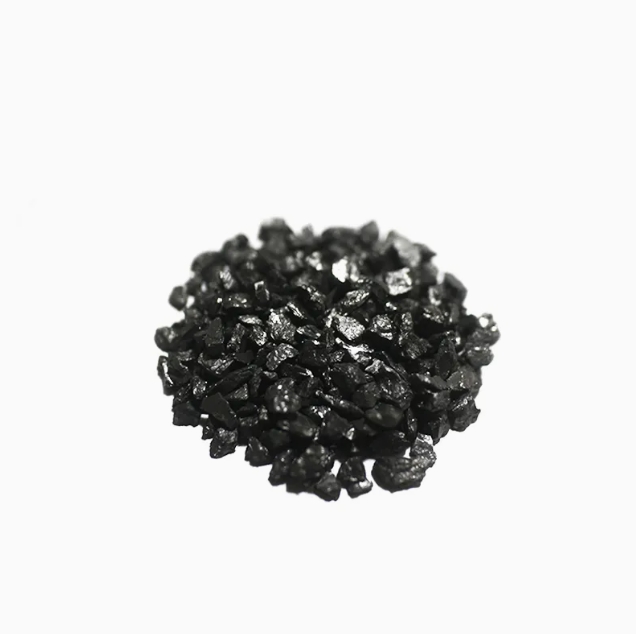
Steel and aluminum production is being pushed by the industrial resurgence in construction and automobile manufacturing. This requires a greater amount of petroleum coke.
Petroleum coke is a black or dark gray hard solid petroleum product that contains 90-97% carbon, 1.5-8% hydrogen, and some nitrogen, chlorine, sulfur, and heavy metal compounds. It is a by-product of oil refinement that is used in power plants and energy-intensive processes. It is used as a primary raw material to produce graphite electrodes and carbon anodes in aluminium smelting.
Its high heat value and low sulfur content make this fuel a highly efficient fuel in power plants. It is also employed in metallurgical uses such as calcining.
The chemical and the physical characteristics of Petroleum Coke depend on where it comes from and how it was produced. It can also be classified by its physical properties or refinement method. Depending on how it is processed, it can be calcined and refined into graphite or coal-tar pitches.
Graphite petrol coke can be used to produce high quality electrodes that are suitable for electric vehicle batteries and other applications. Its purity and chemical composition are vital to the battery's ability to store and charge energy. The performance of electrodes varies depending on the battery type and capacity. For example, lithium-ion batteries require needle or low-sulfur petroleum coke. Other batteries need less pure petroleum coke or petroleum coke recarburizer.

After calcination, petroleum coke is transformed into graphitized petroleum coal (GPC). It can be further refined to produce graphite powder and other specialty products. GPC is used in many different applications, including steel production, electrical conductivity and ceramics. It is a vital raw material in the electrolytic production of aluminium anodes.
The particle size and morphology of petroleum coke are important factors in the production of graphite. It influences acid effects, layer exfoliation, and intercalation. Optical microscopy can help differentiate the morphology of different petroleum cokes and identify their chemical composition. CK-1, for example, has jagged and angular particle edges whereas CK-2 or CK-3 have rounded edges.
It is vital to take safety measures when handling petroleum koke. Inhaling it can be deadly. Wearing protective clothing, avoiding contact with the skin, and using adequate ventilation are all part of this. Regular maintenance and cleaning can also reduce the risk of accidents.
During Q1 2025, the price of petroleum coke in North America increased significantly due to limited supply and seasonal demand. Since then, prices have stabilized. However, there is still volatility in the market due to unpredictable supply and demands. Increasing demand for lithium-ion batteries is expected to boost prices further. This could happen, in particular, if the battery is used in an electric vehicle. In the end, the industry will decide how to maximize benefits from this energy source while minimizing environmental footprint.

Write a Message